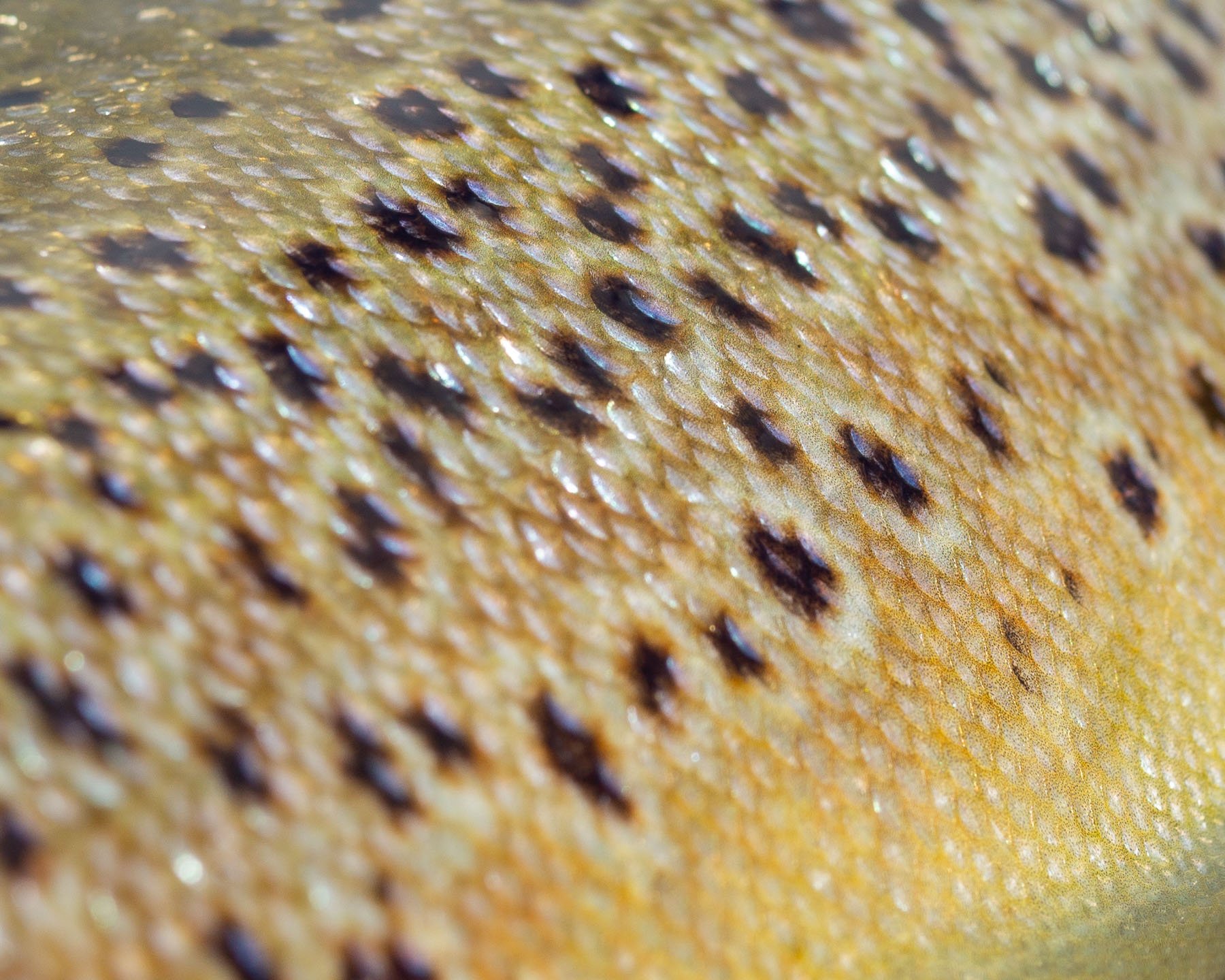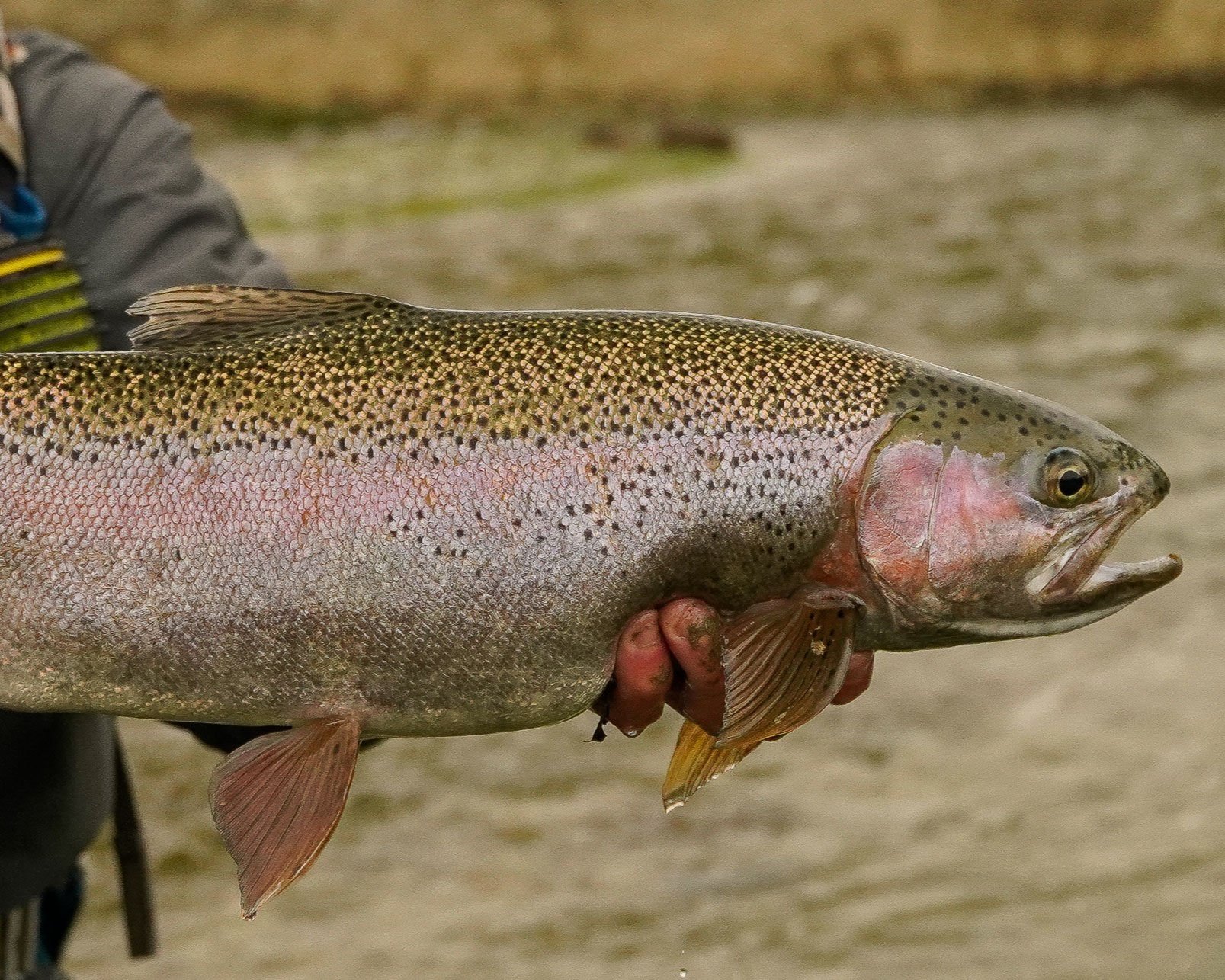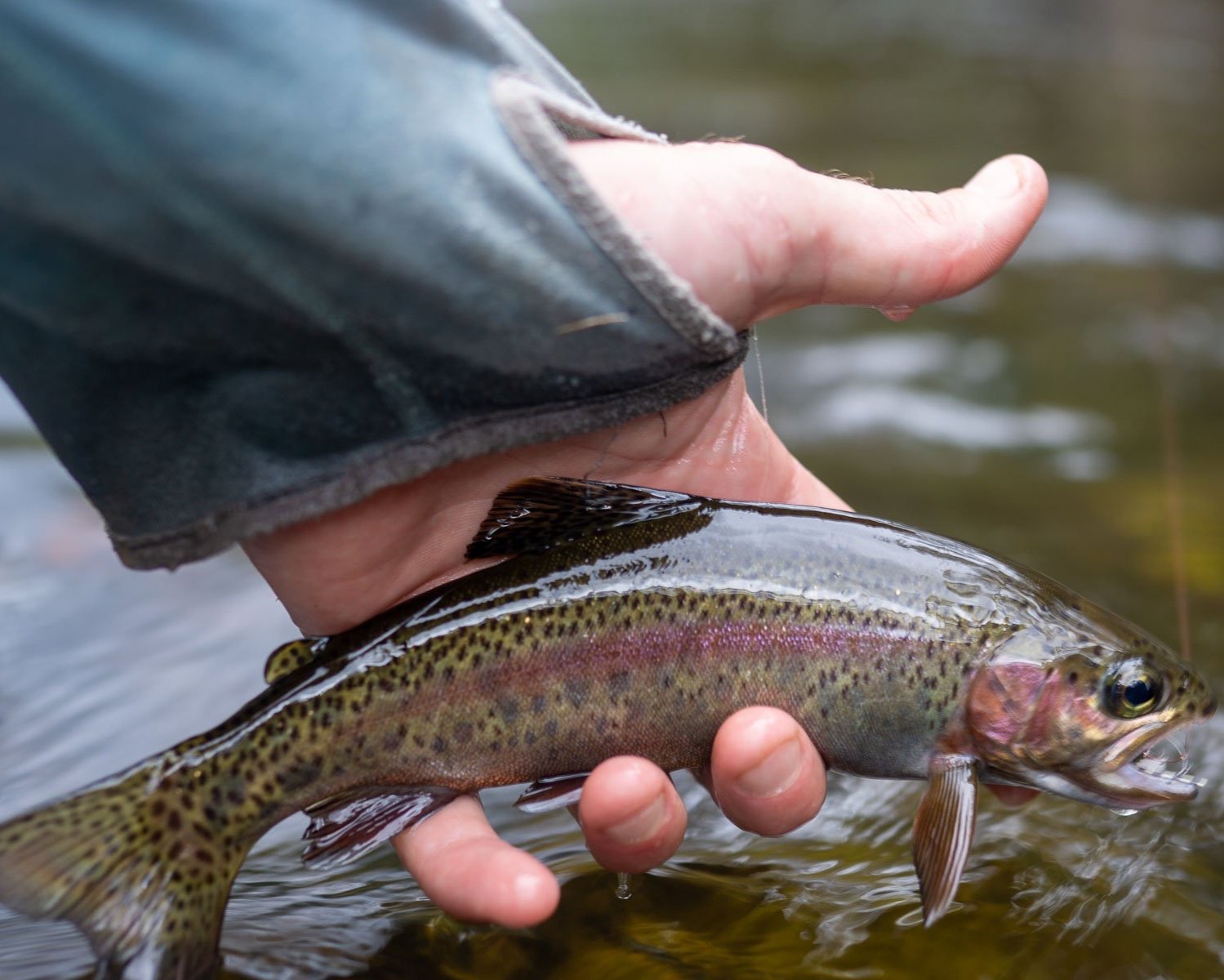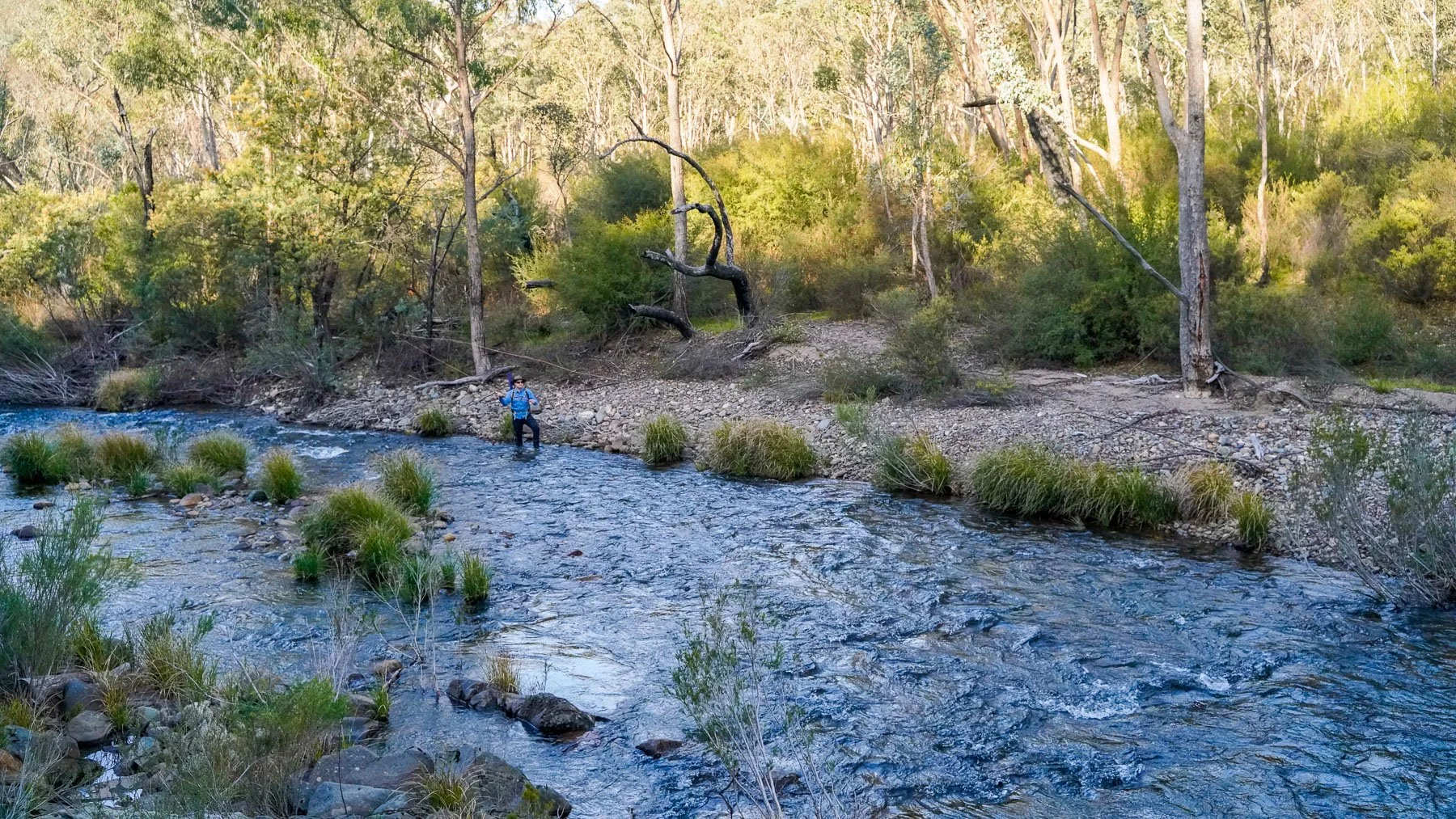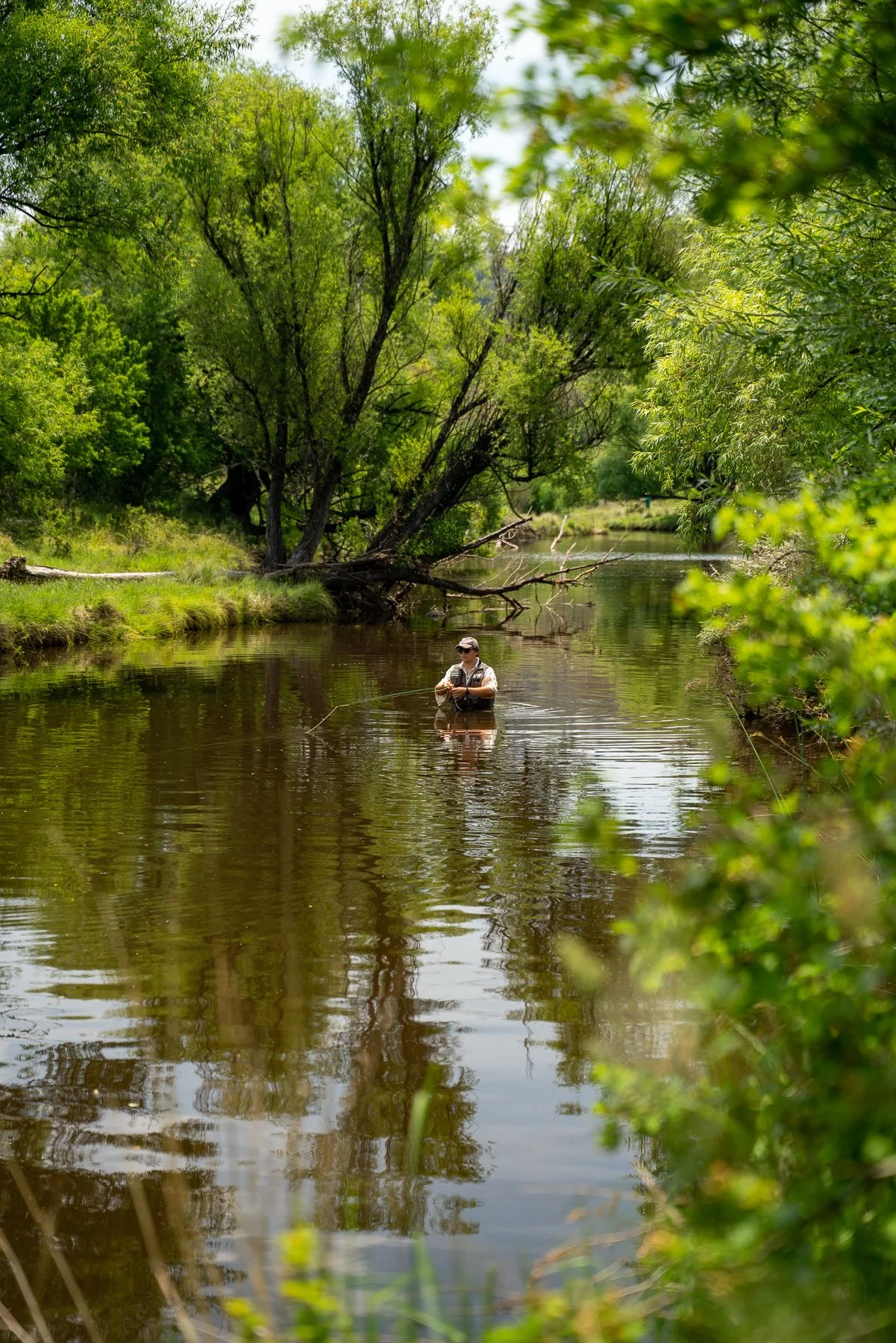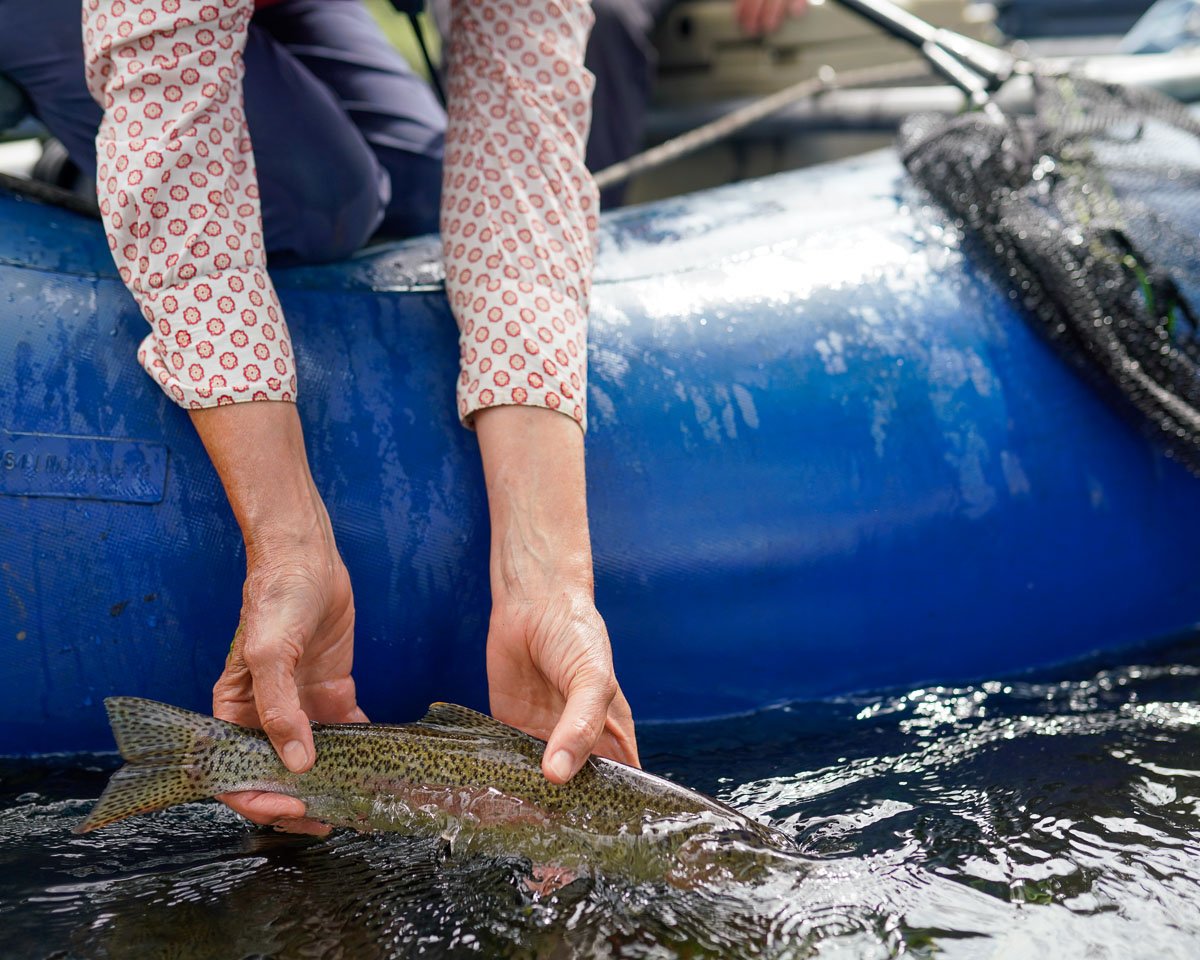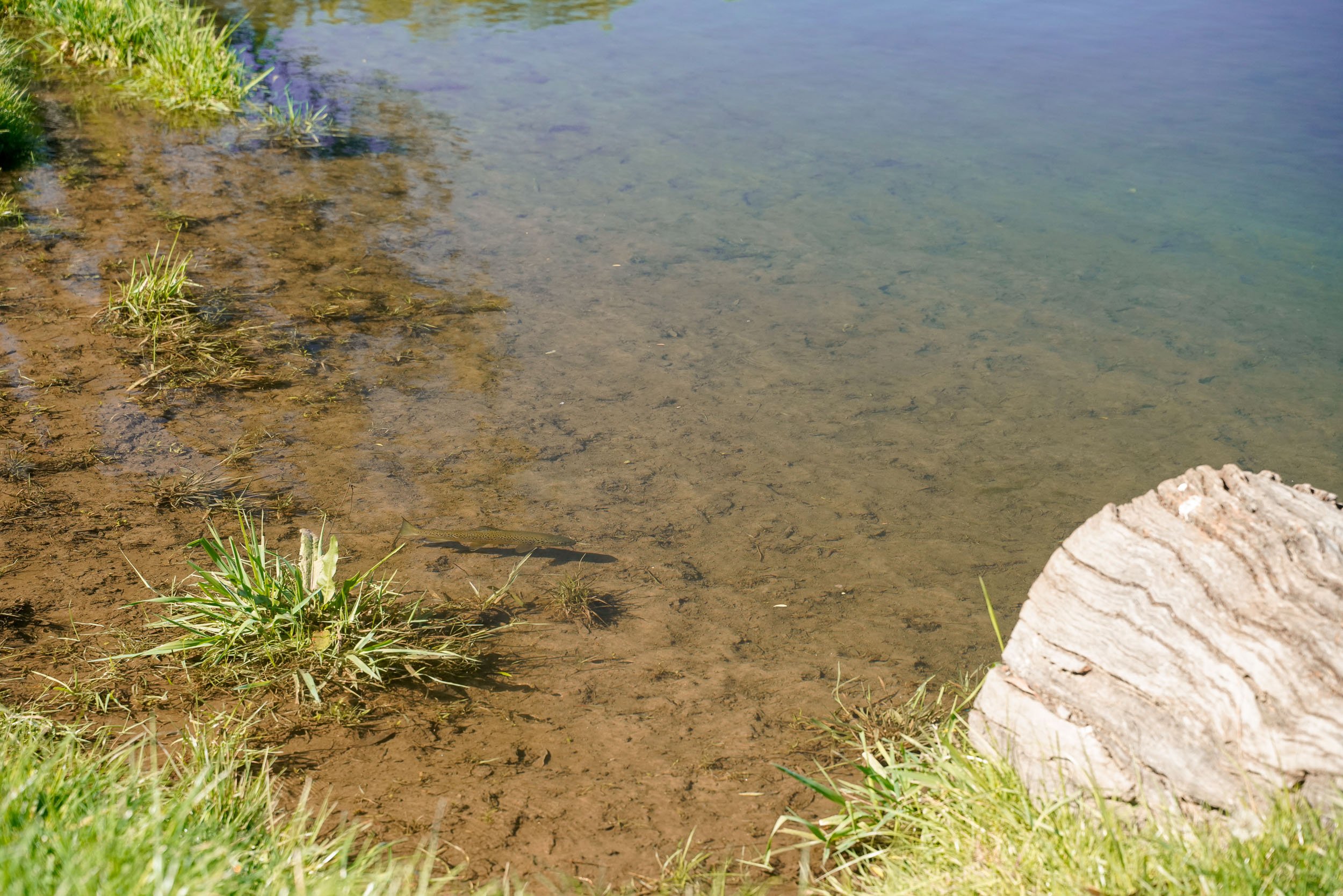Rainbow Trout vs. Brown Trout
Rainbow Trout vs. Brown Trout: Contrasting Behavior in Australian Waters
Across Australia, save a few creeks in the highest corners of NSW, and a particular fishery in Tasmania, Rainbow (Oncorhynchus mykiss) and Brown Trout (Salmo trutta) are the two varieties of trout we have to work with. These species have adapted differently to the Australian environment, leading to a series of distinct behavioral differences. Though, oftentimes, anglers will fish without needing to target one over the other, an understanding of these general tendencies can help hone tactics to the water available, and better spend time on the water.
Holding Positions in Rivers and Streams:
One of the most noticeable differences between the species is in their preferred habitat in moving water. These ‘holding positions’ are influenced by factors such as water temperature, flow rate, oxygenation, and available food sources.
Rainbows live in the fast lane. They’ll often hang out in the oxygen rich water in the middle of a run or seam. This gives them position A-1 for any food coming downstream, in addition to sucking on the gas continuously. They need both, because the trade off for their fast-paced lifestyle is significant energy demand. Rainbows are also often prepared to utilise the whole water column (vertical space), so can be found seeking cover on the bottom, or sitting high eating out of the surface film or off the top.
In contrast, browns prioritise energy efficiency, over its supply. They are quite versatile, and certainly can adapt to the hurley burley of a fast stream, but are most likely to be found in sheltered pockets, back waters, eddies, and on the shoulder of fast water, rather than in the middle of it. They are quite temperature tolerant, and are less tied to cold water than their American counterparts. A more economical lifestyle affords Brown Trout the luxury of selective feeding.
Eating Patterns:
Trout of all varieties are opportunistic feeders. Rainbows and browns can both be aggressive predators, and become quite tuned in to a specific food source under the right conditions.
Rainbows often have varied diets including aquatic insects, crustacea, small fish, and terrestrial bugs when the opportunity presents. The fast flows they often inhabit can prevent the close inspection of food, and deny them the opportunity to be overly picky.
Browns, again, are typically the opposite. Whilst there are occasions where they will become cavalier in their feeding, it is frequently important as an angler to closely mimic the food available in their natural environment. Browns can at times be aggressive towards, and even prey on, smaller fish, giving rise to excellent streamer fishing opportunities.
Angst:
The territorial and aggressive behaviors of the two also vary, but for both are heightened in the spawning seasons. This takes place in the winter period, though browns tend to have their spawning run earlier than rainbows. The season for most fisheries across the country are closed during spawning. Variation in closing dates is generally related to the proportion of brown and rainbow trout in a fishery. For example, the Tasmanian season both closes and opens earlier than that of New South Wales and Victoria, as it protects the earlier spawning Brown Trout that dominate the fishery.
During regular times, Rainbow Trout are generally less territorial and aggressive towards other fish than browns. Their less finicky choice of location generally takes pressure off food supply and makes for a more balanced real-estate market.
With some exceptions, Brown Trout typically dislike other fish in their area. This is a key attribute that makes them susceptible to streamer fishing. It can also make it easier to ascertain where the best fish in any given piece of water is likely to lie: Just look at the run, and determine where the best spot for food, oxygen, and energy preservation is. That’s where the big brown is most likely to be, and you can be sure the location will be jealously guarded.
During spawning, both species can become territorial, but the browns typically display more aggressive behaviour at this time of year also.
It is important to note the distinction between aggressive behaviour (towards other fish) and aggressive or indiscriminate feeding (discussed above).
Pepper:
Browns and rainbows fight very differently. Given that they are often hooked in faster water, rainbows will leverage the current to put the maximum possible strain through your rig, searching for a physical weakness (knots, tippet, and forearms tend to be the most vulnerable). Browns tend to opt for a slower fight, but will be quick to leverage any obstructions. Many-a nice brown has been lost to a submerged log, boulder, weedbed, or snag. Whilst less likely to require full strain of the rod, a brown trout will test an angler’s stamina and attention span, often making runs for cover late in the fight.
In sum, though some anglers prefer one species to another, both Brown Trout and Rainbow Trout offer excellent angling opportunities. If you are lucky enough to fish waterways that contain both, then make note of where and how you’re catching each variety. This will strengthen your chances when such diversity isn’t available, and refine your approach to even the most straight-forward waterways.



